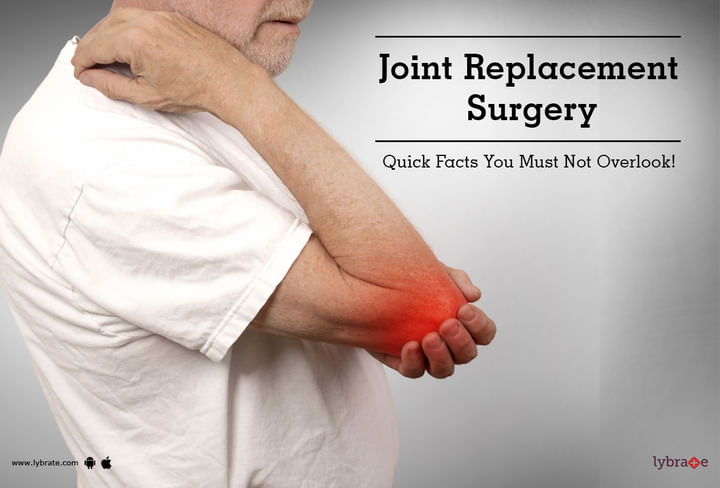Joint Replacement Surgery - Quick Facts You Must Not Overlook!
Joint Replacement Surgery is a procedure where the damaged surface of the advanced arthritic joints are removed and replaced by artificial joints, such as metallic, plastic and ceramic joints.
These surfaces closely replicate the original anatomy.
When do you need a knee replacement?
When you suffer from severe pain or deformity in the joint (knee in this case), the pain or stiffness and deformity makes it difficult to perform simple tasks. Severe grade IV osteoarthritic knees of people over 50 years when have pain, swelling and deformity fail to respond to medicines, physiotherapy, injections and rest.
Aim of the surgery: Correct the deformity: Relieve the pain and give near full movements almost immediately after the procedure. Details including techniques and safety, it is a safe, rewarding surgery with a success rate of as high as 99.5% when done by an able and experienced professional.
Anaesthesia: Usually it is the spinal cord epidural where one is rendered numb for 3 to 4 hours waist down. Sometimes a general anaesthesia is given. A 4 to 5 inches cut is made in front of the knee and all the damaged cartilages, bones, loose bodies are removed from the lower end of the thigh, upper end of the tibia (usually of few millimetres) and the surface re-crafted to match the size and shape of the artificial joint (it is usually imported). They are fixed with bone cement. The ligaments and muscles are reattached and the parts closed.
Recovery: Stand up and walk a few steps with a walker the day after the procedure i.e. in 24 hours. Physiotherapy in hospital for 5 to 7 days and/or walking. progressively longer walks and exercises over the following 15 days. Stitches are removed in 15 days. The patient can return back to normal activity in 4 to 8 weeks the surgery.
Activities: Normal walks of 3 to 5 km per day Climbing stairs, cycling, swimming, and driving can be performed with the new implant(s) now.
Avoid: Squatting/kneeling Prohibited: contact sports like football, cricket, tennis; jumping; adventure sports Longevity of joints: 15-35 years depending on the materials used.
In case you have a concern or query you can always consult an expert & get answers to your questions!



+1.svg)
